Starlink - Elon Musk's satellite internet service - is about to officially appear in Vietnam. But not everyone needs it, and not everyone is willing to pay for it. So who is Starlink for? Is it "worth the money" in Vietnam?
Whether you are using 4G/5G, or accessing broadband Internet to read this article, don't forget: Only about 58% of the land area and 14.5% of the territory including sea and islands of Vietnam has mobile signal.
This means that many remote and island areas still do not have access to Internet services, and Internet access is still a luxury.
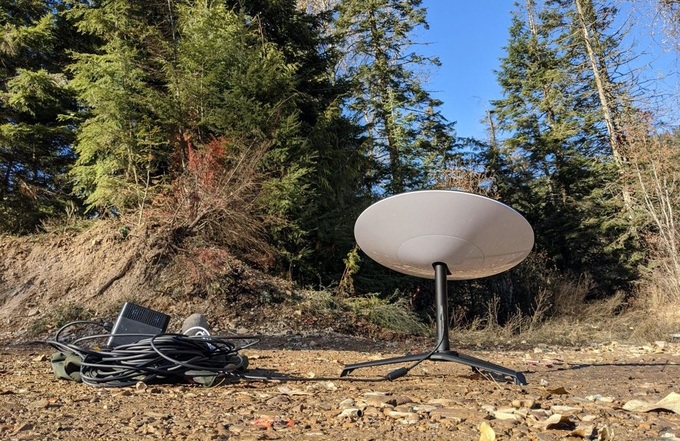
Starlink will be effective in areas with difficult Internet access or when natural disasters occur... (Photo: AIT).
As soon as news of Starlink's launch broke, the community quickly compared the service to existing Internet telecommunications services and hastily concluded that Starlink "has no chance".
But we forget the most basic thing, Starlink appears and serves customers in places where traditional services cannot reach.
Starlink uses satellites to broadcast Internet to the ground, meaning no signal towers or fiber optic cables are needed, just a sky free of dense clouds.
With Starlink devices, people in remote areas can also surf the web, study online, make video calls or access electronic administrative services. This could be a technological "lifesaver" for many unconnected communities.
Recall the 2024 Typhoon Yagi disaster, which made landfall in northern Vietnam and caused a complete loss of telecommunications in many areas, especially in the mountainous regions of Lang Son and Cao Bang provinces.
When the signal mast collapsed, transmission lines and traffic routes were cut off, rescue forces encountered great difficulties because they could not connect with the command center or receive information from people in need of help.
In such natural disaster situations, if the authorities can maintain telecommunications, it will greatly limit the loss of property and especially human life.
Starlink can now maximize its value: just one device, powered by a battery or transmitter, and with an unobstructed line of sight, can connect to the network even if the rest of the telecommunications system is paralyzed.
This is also the reason why many countries have equipped Starlink as a backup infrastructure for natural disaster response, typically the US, Japan, or most recently Ukraine in emergency situations.
Vietnam has given the green light for Starlink to test operations on aircraft and ships within the next five years.
This means users can surf the web, send emails, and even watch Netflix (a video streaming service) while flying in the sky or somewhere in the middle of the ocean - something that traditional mobile telecommunications services cannot do.
Since September 2024, Vietnamese telecommunications providers have stopped serving 2G, but this old mobile network must still be maintained in important places such as DK platforms, islands... Starlink service can be the perfect replacement.
Not only will the passenger experience be enhanced, maritime businesses will also benefit greatly from having constant connectivity to manage vessels, monitor voyages and communicate in adverse weather conditions.
Starlink isn’t cheap, that’s for sure. The service package tested in Hanoi costs around $549 for the device and a monthly fee of around $50-$120 depending on the area. In return, the measured speeds in Hanoi were 190Mbps download and 50Mbps upload. Not bad at all, especially in areas without fixed infrastructure.
For technology, media, livestream companies, or businesses that need continuous connectivity between branches, Starlink can be an effective backup plan in case of power outages, international fiber optic cable breaks, or natural disasters that cause infrastructure collapse.
So is Starlink a "replacement" for traditional carriers? The answer: not necessarily, or more accurately, no.
Current Internet services in Vietnam from carriers such as Viettel, VNPT, FPT are much cheaper than Starlink. Carriers have just entered the race to reach a minimum transmission speed of up to 300Mbps.
Urban fiber optic networks are still stable and fast, costing only a few hundred thousand VND per month. So if you live in the city center and have fiber optic cable available, Starlink is clearly not for you (at least for now).
On the other hand, with low-earth orbit (LEO) satellite infrastructure, Starlink can still encounter problems when the weather is bad or the satellite coverage is not thick enough.
So who will use Starlink? It will certainly be individuals and organizations that need a stable network connection to work regardless of location and are willing to pay a high price for that service.
Finally, we should also pay attention to one more thing: According to the Government's decision on March 23, the Starlink service is only tested for 5 years and limited to a maximum of 600,000 subscribers. If you are in the group of people who consider this service essential, you should probably research and register early before "vacancies run out".
Author : Journalist Le Bao Trung is Head of the Science and Technology Department of Dan Tri newspaper. He is a journalist who has followed the information technology field for nearly 20 years.
The FOCUS column hopes to receive readers' comments on the content of the article. Please go to the Comments section and share your thoughts. Thank you!
Source: https://dantri.com.vn/tam-diem/thi-truong-vien-thong-se-them-tay-choi-moi-starlink-20250405174532665.htm








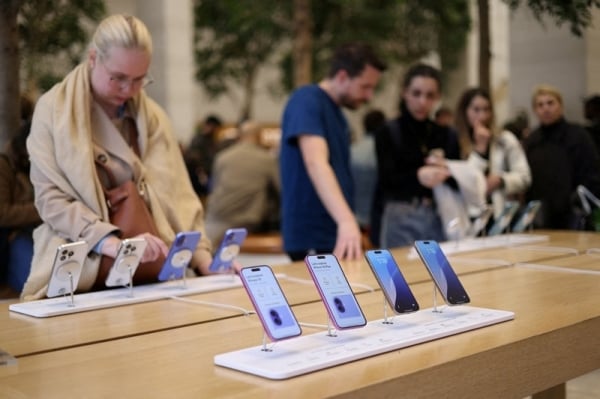


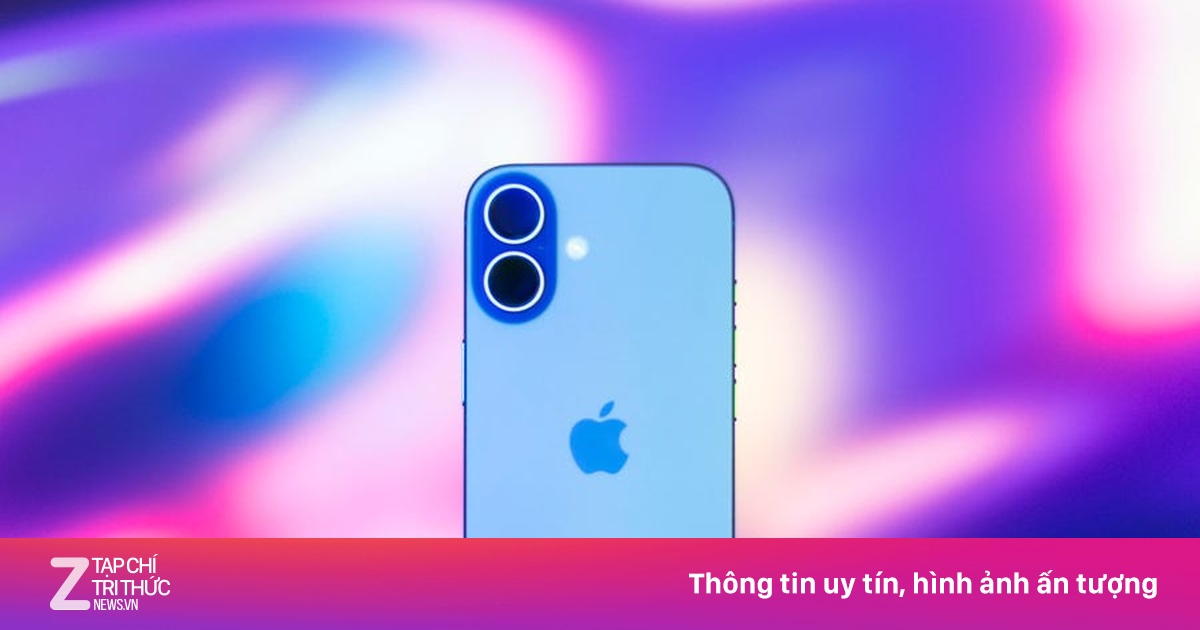









![[Photo] "Beauties" participate in the parade rehearsal at Bien Hoa airport](https://vstatic.vietnam.vn/vietnam/resource/IMAGE/2025/4/11/155502af3384431e918de0e2e585d13a)










































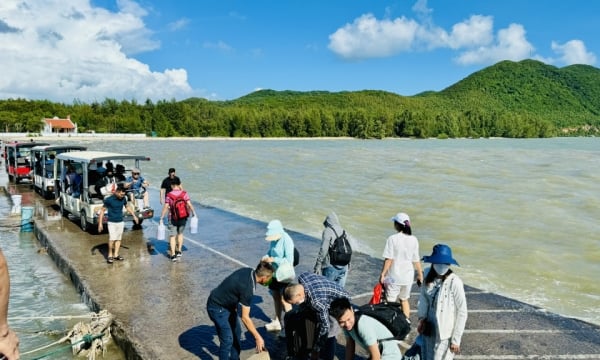






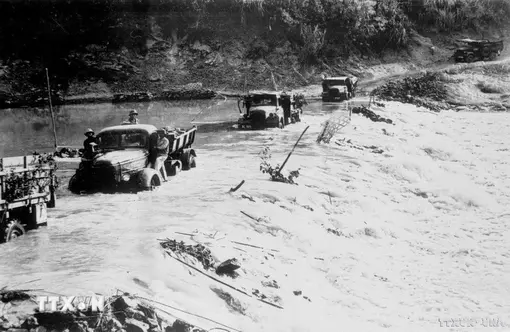











Comment (0)